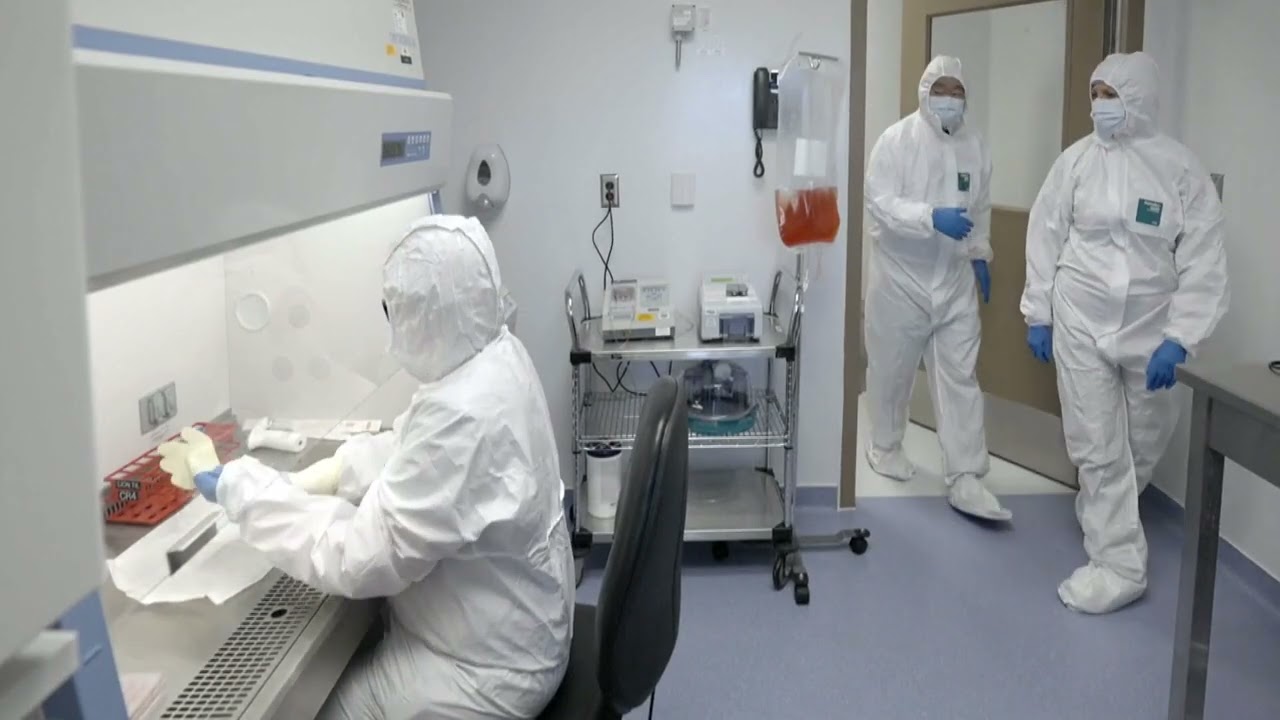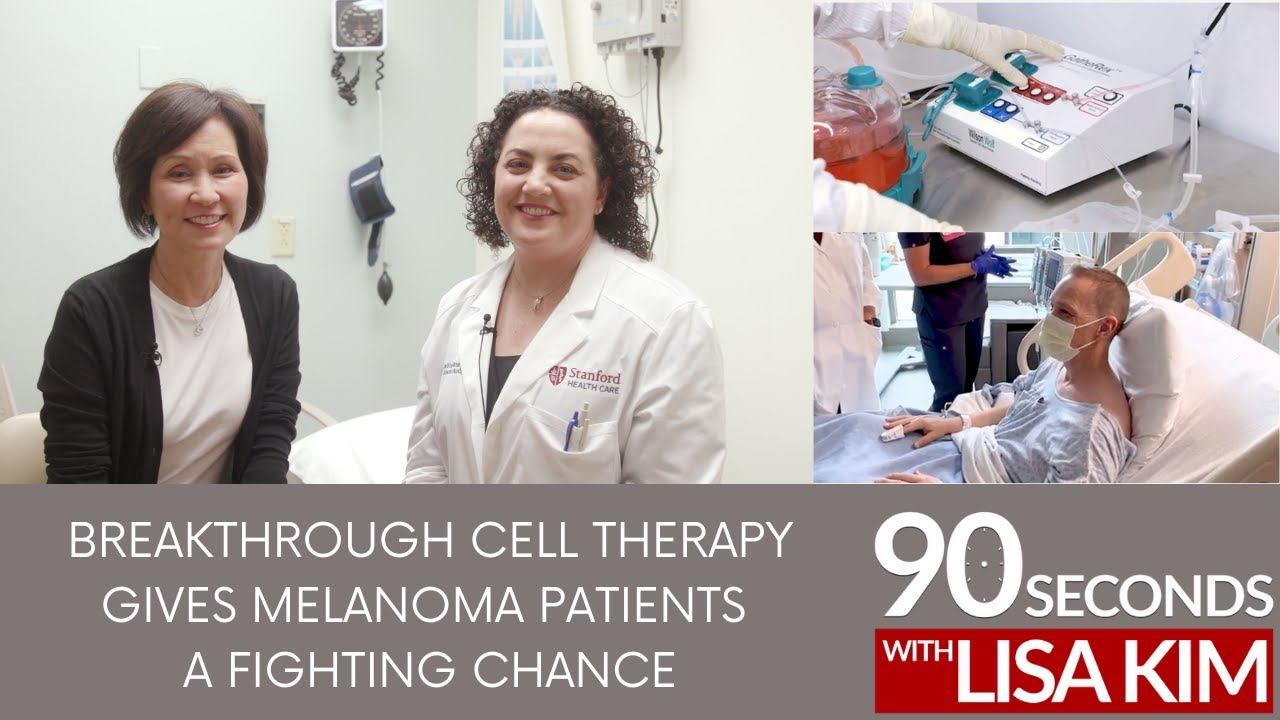The Oncology Channel
May 10, 2012 • Oncology, Pathology & Lab Medicine, Reuters Health • The Doctor's Channel Newscast, Surgery, Women’s Health
NEW YORK (Reuters Health) – Getting a second opinion of surgical breast pathology often leads to changes that impact treatment in women with node-negative breast cancer or ductal carcinoma in situ (DCIS), clinicians with the British Columbia Cancer Agency (BCCA) in Vancouver have found.
In an email to Reuters Health, first author Dr. Hagan F. Kennecke, said: “Routine pathology review plays a central role in optimal planning treatment of breast cancer, particularly among women with node-negative cancers. Routine second pathology review should be considered for all women with node-negative breast cancer.”
Among 906 women with pathologically node-negative breast cancer treated at the BCCA, 405 (45%) had a documented pathology review and the remainder did not. This finding in itself is noteworthy, Dr. Kennecke and his colleagues say, given that the BCCA has a policy recommending pathology review for all node-negative patients.
In looking at the medical records of these 405 women, they found that 81 women (20%) had at least one clinically significant change on review; 20 (25%) of them had more than one change, resulting in a total of 102 pathology review changes.
Grade was the most common element changed on review, accounting for 41 of the changes (40%). There were 27 instances of changed lymphovascular invasion (LVI) status (26%) and 15 nodal status changes (15%), the authors report online May 7 in the Journal of Clinical Oncology.
The authors of an accompanying editorial say, “It is surprising that of the 15 upstages from node negative, six were to N1, not just N0 (i+); these upstages occurred, for the most part, without the use of immunohistochemical stains.”
“These patients alone should serve as a wake-up call for treating physicians that certain diagnoses in breast pathology are intrinsically more difficult, occasionally subtle, and prone to differences of opinion,” write Dr. Ira J. Bleiweiss and Dr. George Raptis, from Mount Sinai School of Medicine in New York.
Pathology review in the 405 women also led to 12 margin status changes (12%), 11 from negative to positive and one from positive to negative. “It is disturbing, but not surprising, that 11 of the 12 cases that involved margin changes were from negative to positive,” Drs. Bleiweiss and Raptis say.
There were three PR status changes, two ER status changes and two changes from invasive disease to DCIS occurred.
“Among 81 women with at least one change on central pathology review, the changes resulted in 27 treatment modifications in 25 patients. Thus, 25 (6%) of 405 patients with a pathology review had a change in their recommendation for systemic or radiation therapy,” Dr. Kennecke and colleagues report.
Specifically, they say, “Systemic therapy was added for 12 patients and modified in three. The most common reason for adding systemic therapy was documentation of node-positive status. Chemotherapy was added in one patient with ER-positive breast cancer whose tumor grade was changed from grade 2 to 3, and chemotherapy regimen was modified to exclude adjuvant paclitaxel in one patient who initially was found to have ER-positive breast cancer with extensive LVI but, on review, was reported to have focal lymphatic invasion only. Radiation treatment was added for four patients, and volume of radiation therapy was modified in eight patients. The most common reason for adding irradiation or modifying radiation fields was a change in margin or nodal status. No recommendations for additional surgery were documented.”
Summing up, the authors say their results suggest that women with node-negative breast cancer or DCIS “may represent a particularly relevant subgroup to consider routine pathology review. Review remains relevant in the era of gene expression signatures to determine margin and nodal status, which may result in significant changes in systemic, radiation or surgical management.”
Dr. Bleiweiss and Dr. Raptis agree and say this paper has “direct implication for patient care. A correct diagnosis may determine the use of effective treatment (or show particular treatments to be unnecessary), whereas an incorrect diagnosis may lead to treatment-related adverse effects without known benefit.”
They note that, for obvious reasons, routine second-opinion breast pathology is not possible in every case. “All treating physicians involved in breast cancer care must ultimately determine for which patients a second pathologic opinion is likely to make a difference,” Drs. Bleiweiss and Raptis conclude.
SOURCE:
J Clin Oncol 2012.








